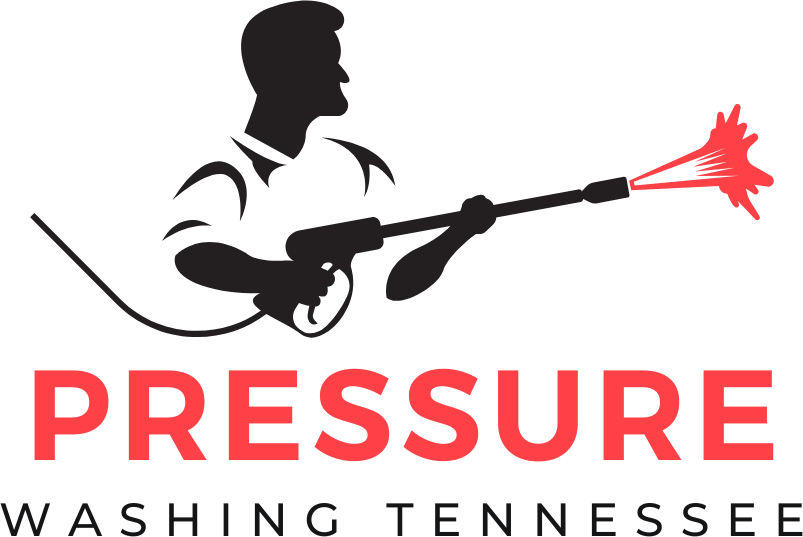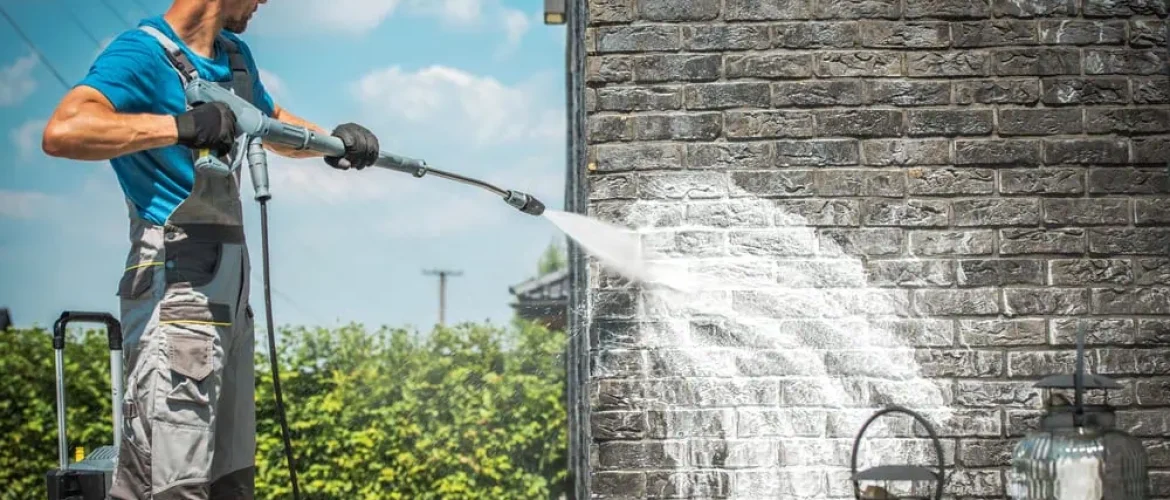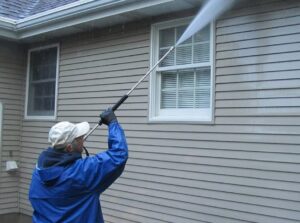Pressure washing can make any surface look brand new but it’s easy to make costly mistakes without even realizing it. I’ve seen homeowners and business owners alike turn a simple cleaning job into a major headache just by missing a few key details. The right technique can save time money and stress—while the wrong move might leave lasting damage.
I know how tempting it is to grab a pressure washer and blast away dirt but there’s a smart way to get those sparkling results. By understanding the most common pitfalls and how to steer clear of them you’ll protect your property and get the most value from every clean. Let’s make sure your next pressure washing job is a success from the very start.
Understanding Pressure Washing Basics
Pressure washing uses a high-powered stream of water to clean surfaces like driveways, siding, and decks. With the right approach, it lifts dirt, stains, mildew, and debris in minutes. Most pressure washers feature adjustable pressure settings, controlled by the PSI (pounds per square inch) value. Lower PSI numbers suit delicate surfaces like wood and painted trim, while higher PSI gets concrete and brick clean faster.
Safety plays a big part in pressure washing. Wearing closed shoes and safety glasses can prevent injuries from flying debris or water spray. Before starting, I always check the surface for cracks or loose areas, since water can worsen any existing damage.
Nozzle selection matters for both cleaning power and preventing harm. A wide-angle nozzle spreads water for a gentler rinse, ideal for cars or vinyl siding. Narrow-angle nozzles focus the flow to remove stubborn grime, best for concrete but risky on softer materials.
By understanding the basics, I set myself up for better, safer cleaning results.
Common Pressure Washing Mistakes
In my experience, a few missteps often cause pressure washing jobs to go wrong. Addressing these mistakes keeps surfaces safe and achieves better cleaning results.
Using Too Much Pressure
Applying too much force quickly ruins siding, wood decks, and concrete. I always use the lowest PSI that works for the job, raising it only when gentler settings don’t remove dirt or stains.
Choosing the Wrong Nozzle
Attaching the wrong nozzle means streaks, missed spots, or damage. I keep nozzles organized by spray angle and match each to the cleaning task—wide angles for large, delicate areas, narrow jets for stubborn grime on hard surfaces.
Ignoring Safety Precautions
Forgetting eye protection or sturdy shoes may lead to serious injuries. I never skip goggles and always wear closed shoes, making sure bystanders and pets stay back before starting.
Skipping Pre-Cleaning Steps
Skipping loose debris or not sweeping up leaves leads to clogging and less effective cleaning. I take a few minutes to clear away dirt and obstacles before firing up the washer.
Overlooking Surface Types
Different surfaces react uniquely to high-pressure water. For example, brick and painted wood can chip or flake. I check each surface and adjust my settings, making sure the method fits the material.
How to Avoid Pressure Washing Mistakes
Getting great results with pressure washing comes down to smart choices and good habits. I focus on prep, technique, and keeping everything around me safe.
Selecting the Right Equipment
I pick my pressure washer based on the surface and level of dirt. Light jobs like patio furniture need an electric model, while heavy buildup on driveways calls for a gas-powered unit. Matching nozzle angles lets me control spray pressure, so I use wider tips for gentle cleaning and narrower tips for tougher spots.
Practicing Proper Techniques
I keep my movements steady, holding the spray wand at a consistent distance—about 12 to 18 inches from the surface. Keeping the nozzle moving prevents streaks and gouges. I spray in even lines, overlapping each pass, to get a uniform clean.
Protecting Surrounding Areas
I cover plants, outdoor outlets, and delicate items with tarps or plastic sheeting. Checking weather stripping and window seals helps me avoid water leaks inside. Clearing loose items from the work zone keeps accidents down.
Following Safety Guidelines
I always wear closed-toe shoes and safety glasses for protection. Waiting for dry conditions lowers slip risks. Reading the manufacturer’s instructions lets me spot limits for both the washer and cleaning agents. By taking these steps, I make my cleaning jobs safer and protect every surface I tackle.
Tips for Successful Pressure Washing
Start by testing the pressure washer on a small, hidden area. This approach lets me check for any unexpected damage before working on more visible spots. I stick to even, steady motions when cleaning. Overlapping each pass prevents streaks and missed areas. Keeping the nozzle at a safe distance reduces the risk of surface gouging—usually 12 to 18 inches away works well for most materials.
Adjusting the pressure and nozzle to match the surface type is important. For example, I use a wider spray for siding or painted wood and a narrower spray for concrete or brick. This choice balances cleaning power with protection. If the surface has stubborn stains, I pretreat them with a suitable cleaner, letting it soak in before pressure washing.
Covering plants, outdoor outlets, and delicate equipment nearby is a step I never skip. Taking a few extra minutes for this saves me from costly repairs. I always check for loose items or debris that could clog the washer or become projectiles.
Wearing non-slip shoes and safety glasses is my go-to for personal protection. I also read through my machine’s instructions each time, so I’m using everything as designed.
Finally, I watch for signs of trouble as I go. Peeling paint, exposed wood, or shifting bricks tell me when it’s time to pause and reassess my approach. This way, I keep the job efficient and protect every surface I clean.
Conclusion
Pressure washing can be incredibly rewarding when done right. I’ve found that a little preparation and attention to detail go a long way toward protecting your property and getting the results you want. By staying mindful and adapting your approach as you go you’ll keep your surfaces looking their best and avoid unnecessary headaches. Safe and effective cleaning is always within reach when you follow smart practices and trust your instincts.


